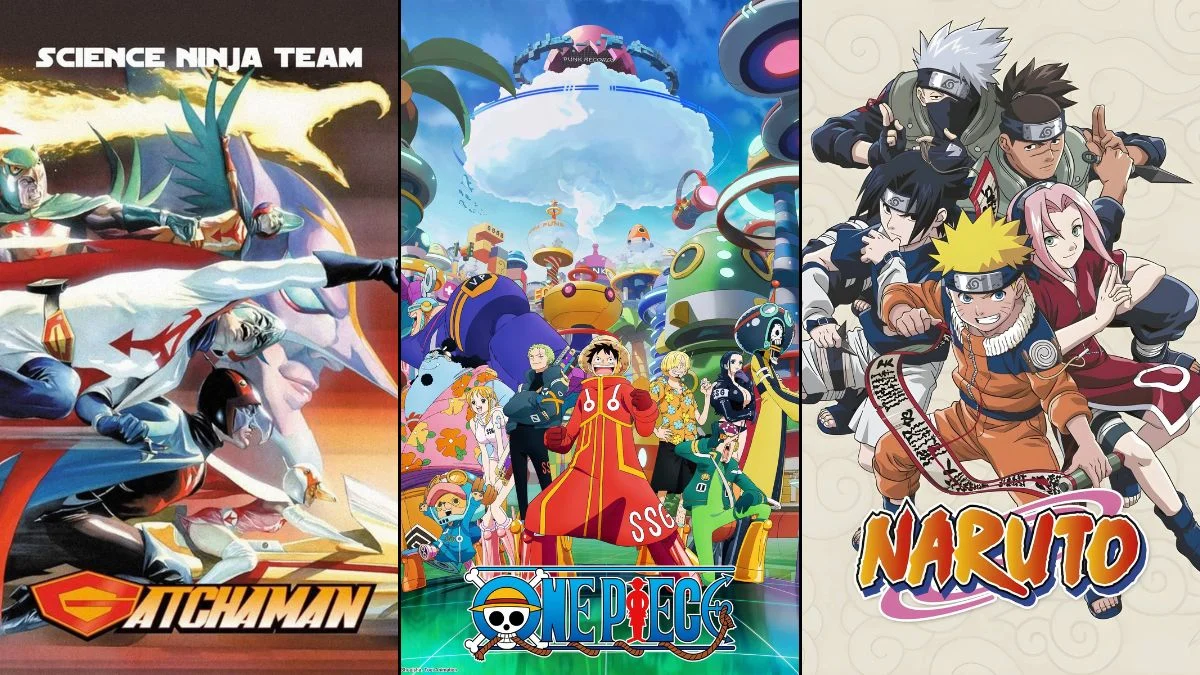
For decades, anime has become popular around the world, but its arrival in the United States hasn’t always gone smoothly. American releases often included changes like edits, different character names, re-edited versions, and even live-action adaptations – all of which frequently disappointed fans and the original creators. These changes ranged from significant censorship to episodes being shown in a confusing order, resulting in versions that were quite different from the original Japanese broadcasts. Here are twenty examples of times when American adaptations drastically altered the anime.
‘Nausicaä of the Valley of the Wind’ (1984)

When the film was released in America in the 1980s as ‘Warriors of the Wind,’ it was heavily edited. Many scenes were removed, character names were altered, and the story’s environmental message was minimized in favor of more action. The American marketing also highlighted creatures and imagery that weren’t important to the original plot. This experience led the studio to decide that all future international releases would be uncut.
‘Super Dimension Fortress Macross’ (1982–1983)
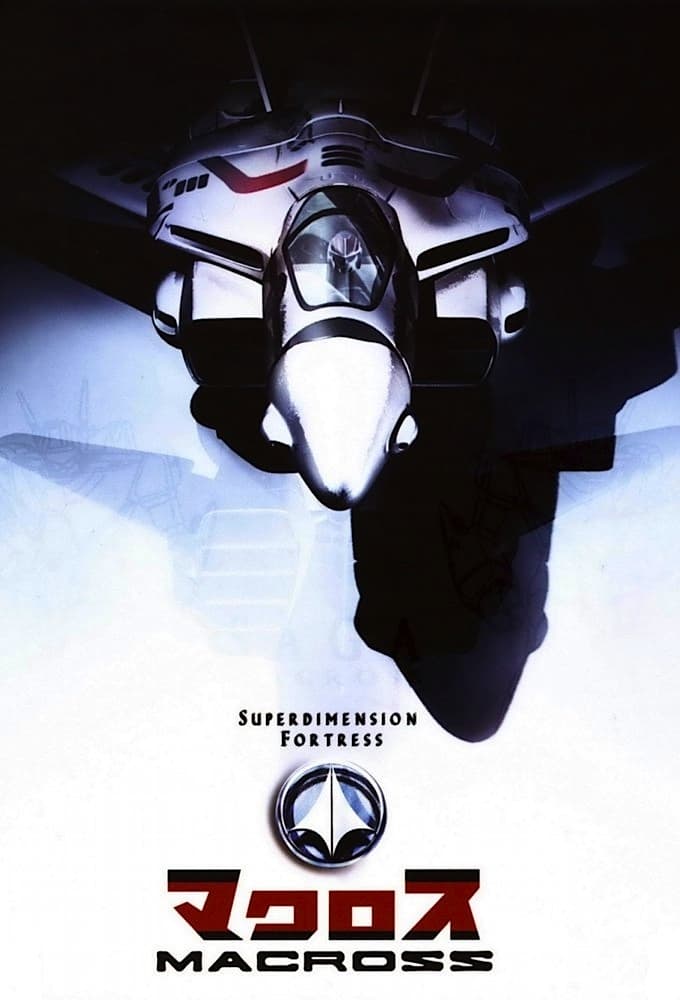
The American TV show ‘Robotech’ was created by combining the anime series ‘Macross’ with two other unrelated shows. To make it all fit together, the script was completely rewritten to create a single, continuous story. They also changed the music and dialogue to center around a new plot involving a valuable mineral called Protoculture. This process significantly altered the original story, obscuring the complex relationships and war themes that were central to ‘Macross’.
‘Science Ninja Team Gatchaman’ (1972–1974)

The American release, ‘Battle of the Planets,’ featured a robot host and added scenes set in space. To make it suitable for television, the show toned down the violence and significantly edited many episodes. These changes included removing entire storylines, which affected how characters acted and why. The music and narration were also updated, changing the show’s feel from a realistic science fiction adventure to a more lighthearted space fantasy.
‘Sailor Moon’ (1992–1997)
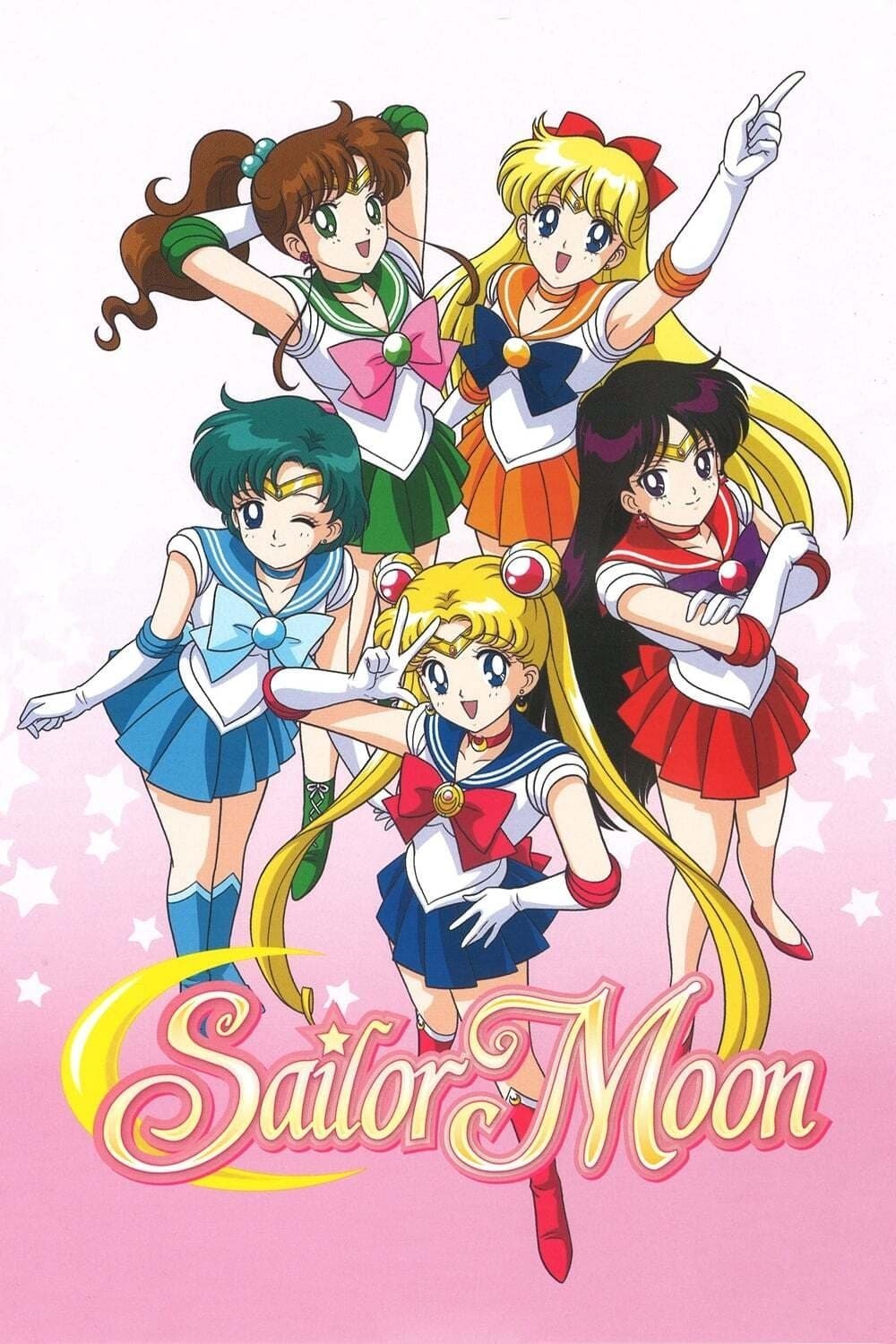
When early American television first aired shows, certain content was changed. LGBTQ+ relationships were removed, and violent scenes were made less intense. Writers focused more on humor and school experiences, downplaying the original characters’ serious storylines. Some episodes weren’t shown at all, and magical transformations were shortened. In one instance, a romantic relationship was altered to appear as a familial one between cousins, changing how viewers perceived the characters’ connection.
‘Cardcaptor Sakura’ (1998–2000)
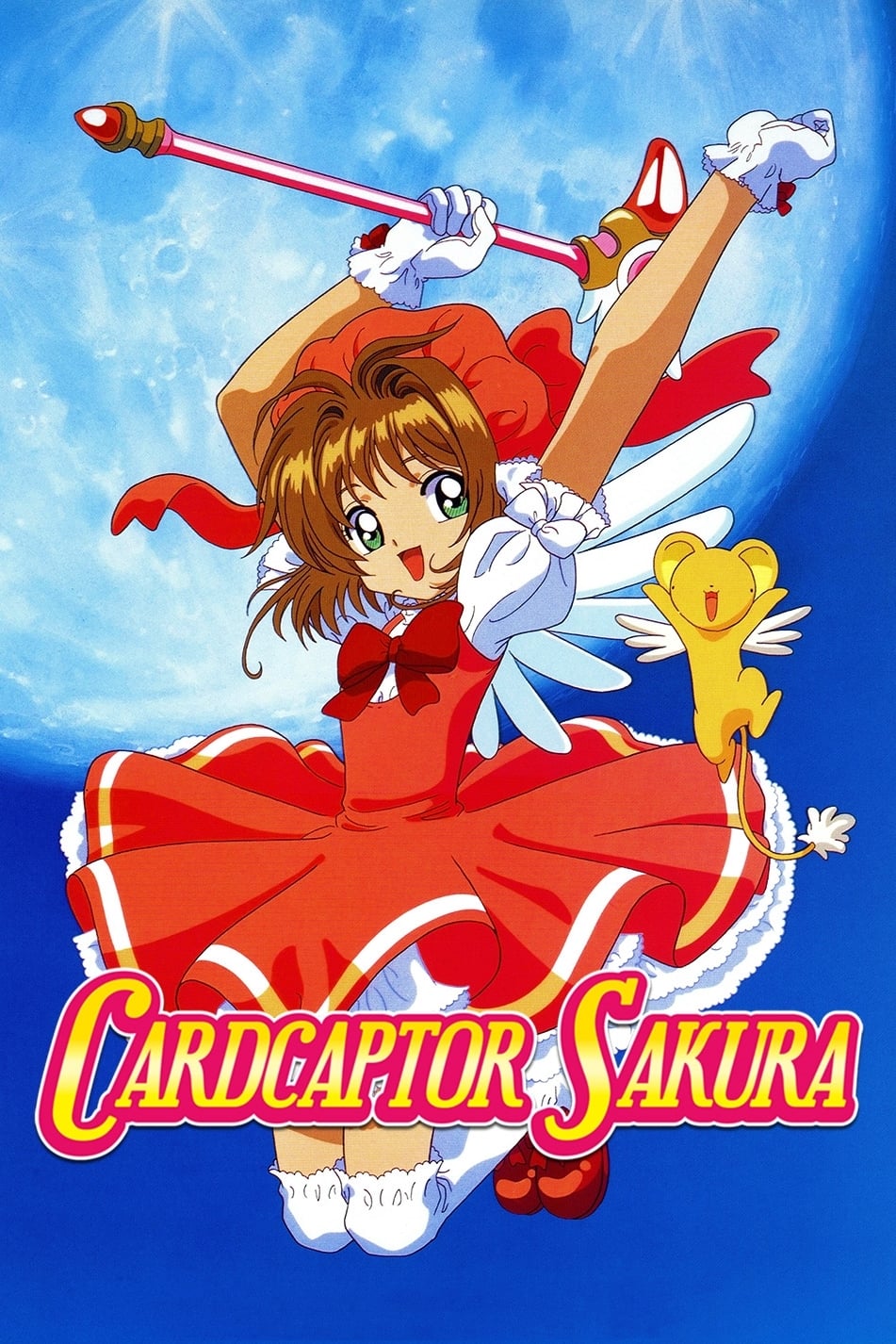
When ‘Cardcaptors’ was released in the U.S., the episodes were rearranged and some changes were made to focus more on a male character. Many character names were also altered, and emotional scenes were cut down. The English version of the show toned down any romantic feelings and removed slower, more reflective moments. This made the story of the characters growing up feel rushed and less meaningful.
‘One Piece’ (1999– )
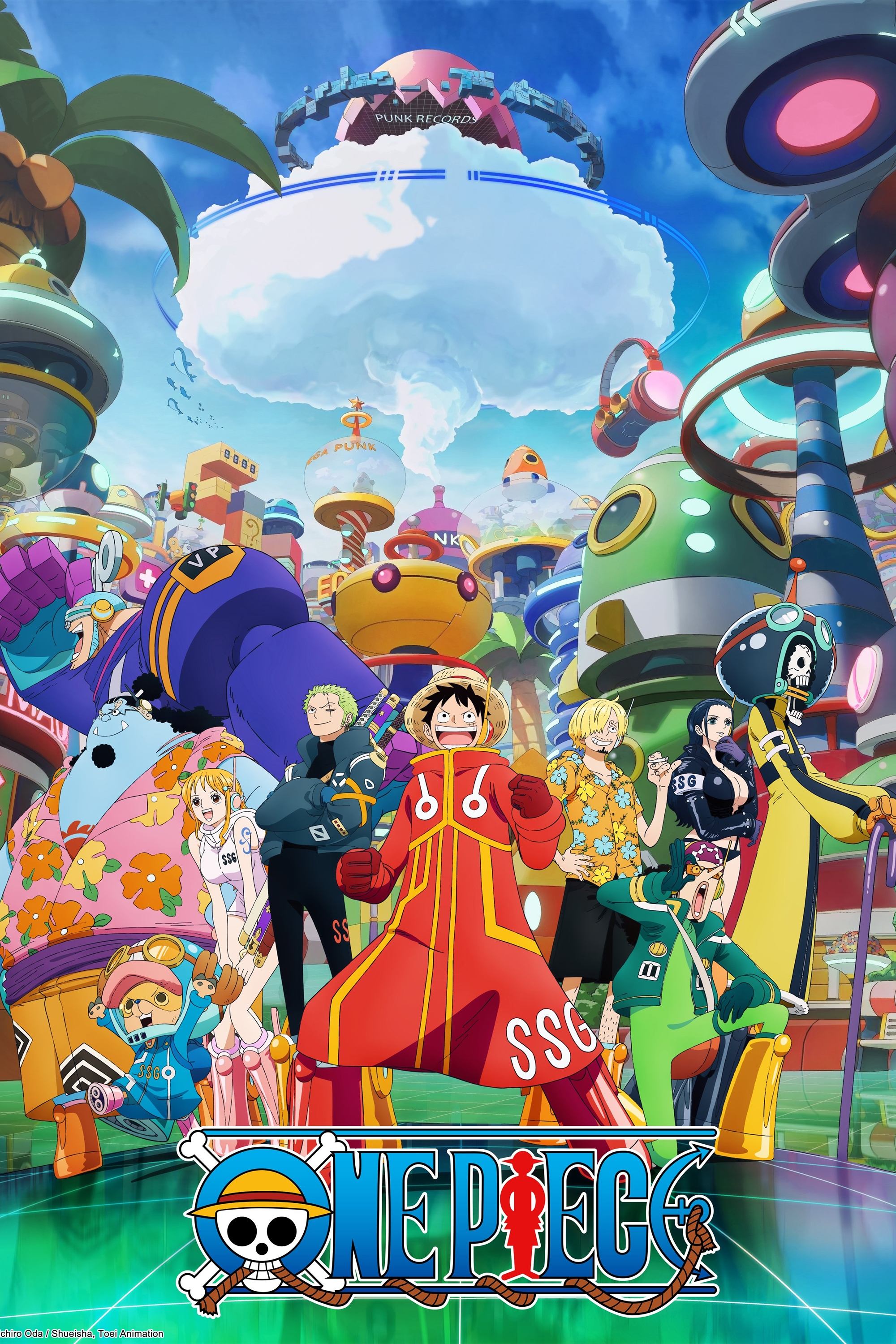
When this show first aired on American TV, it went through significant changes. Music was taken out, references to specific foods were removed, and even things like on-screen smoke were digitally erased. Entire scenes were cut, making the story jump around and feel disjointed. Some characters were given over-the-top accents that weren’t present in the original version. These changes ultimately softened the show’s powerful messages about dealing with loss, overcoming hardship, and the importance of chosen family.
‘Yu-Gi-Oh! Duel Monsters’ (2000–2004)

When the card game was broadcast in America, violent content like death was taken out, and some of the more serious challenges were toned down. They also changed the look of the game with different cards, symbols, and artwork. To make it more lighthearted, they added jokes and silly phrases. These changes unfortunately made the rules of the game seem a bit confusing for viewers who were trying to follow along.
‘Pokémon’ (1997– )

The show replaced rice balls with donuts and other snacks. Some episodes were cut or moved around, disrupting the stories in different regions. Conversations were made simpler, often removing complex character issues and local humor. Changes to the music also made it harder to feel the unique atmosphere of each town.
‘Naruto’ (2002–2007)
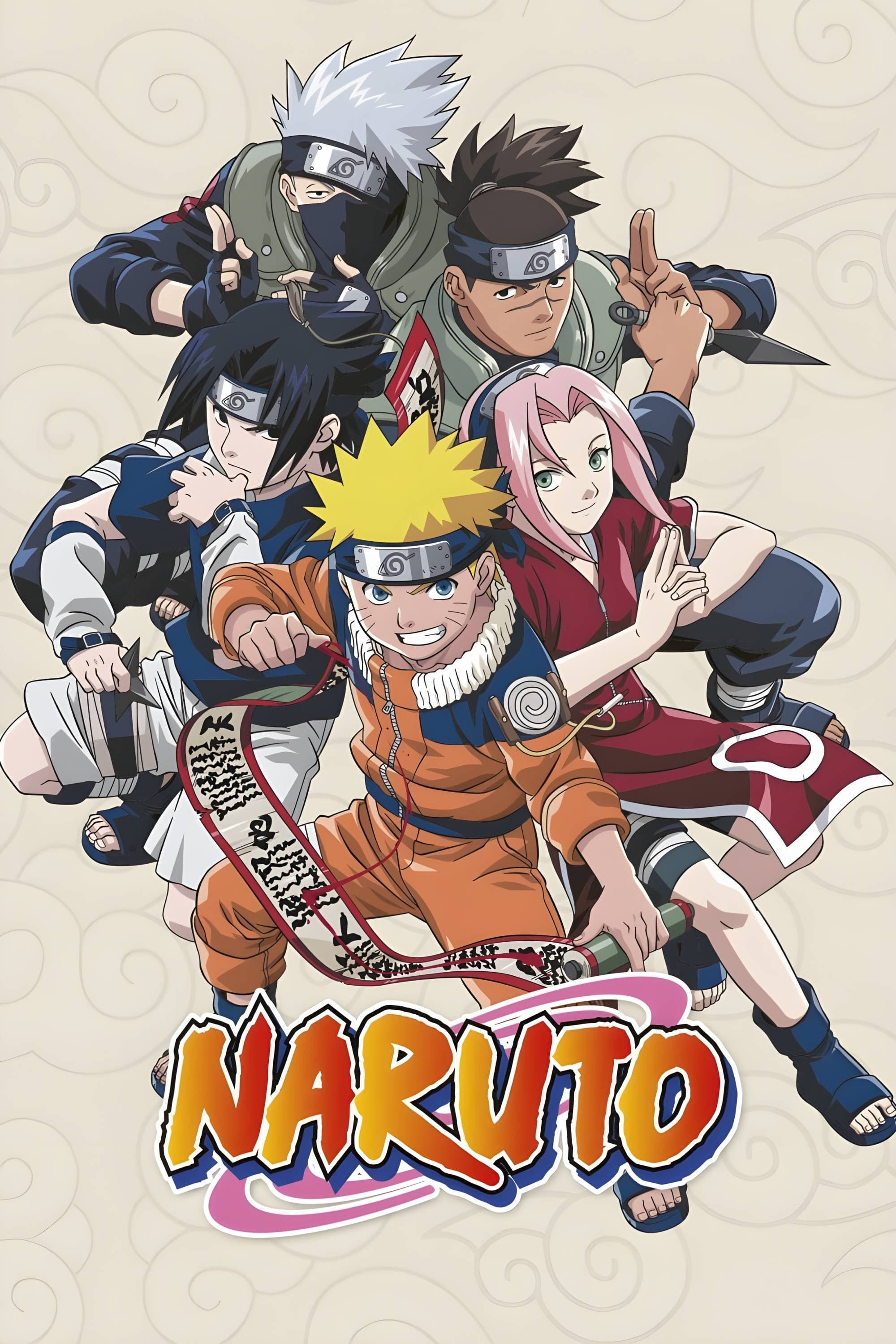
Early television broadcasts often showed violence with less intensity – blood was toned down and weapons were changed. Important moments of impact were sometimes cut. To make episodes longer, they’d repeat lines and use common phrases. Fight scenes sometimes lacked clear movements that would show how the characters were fighting and what they could do. These changes also made it harder to understand the complex relationships and conflicts within the villages.
‘Dragon Ball Z’ (1989–1996)

When the show was first brought to American television, the music was changed and many of the more dramatic scenes were toned down. Direct references to death or violence were replaced with gentler language. The early episodes also included extra summaries and unnecessary dialogue, which slowed down the story. These changes made the development of characters and their abilities feel less impactful.
‘Detective Conan’ (1996– )
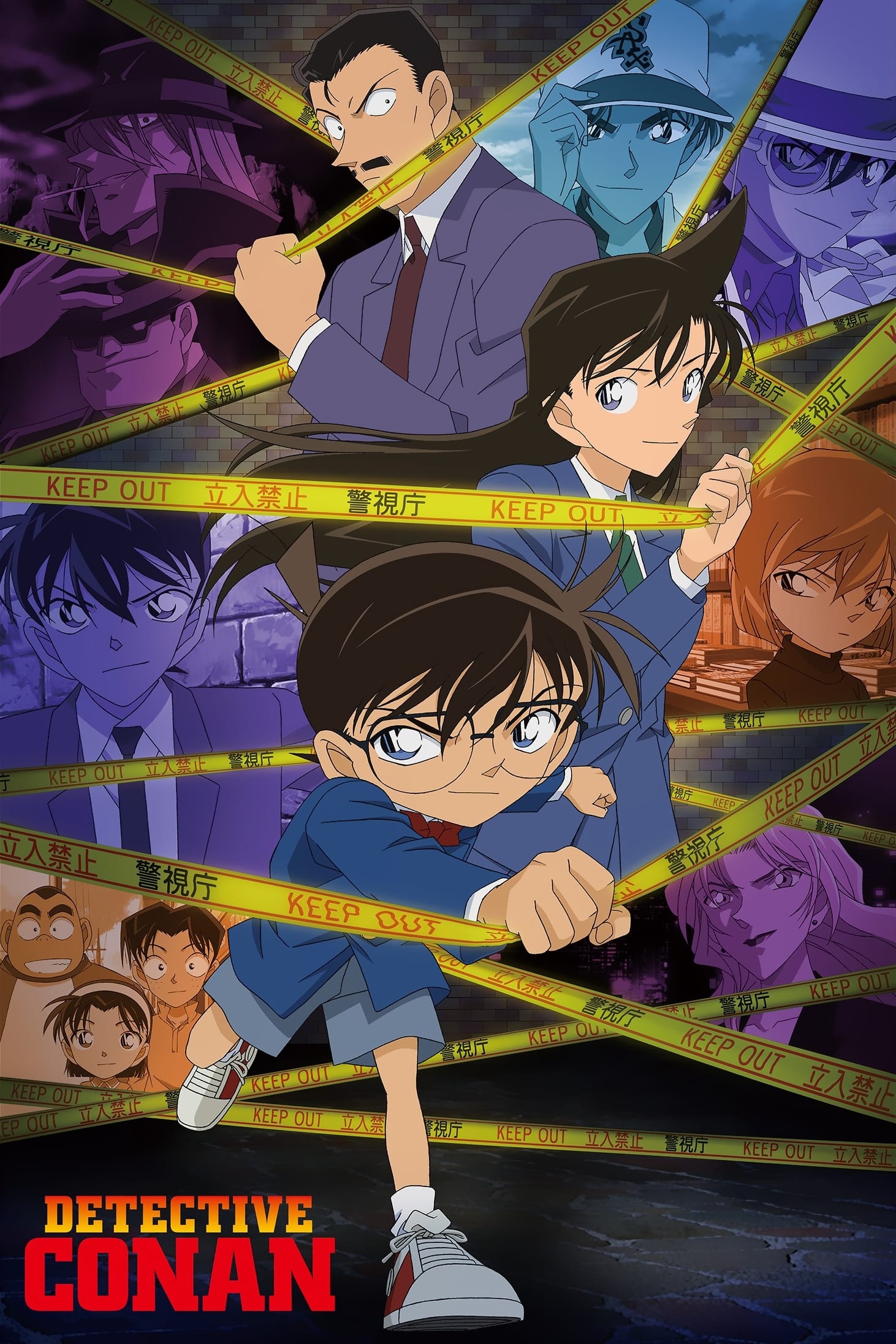
When ‘Case Closed’ was released in the U.S., many character names were changed to sound more Western. Certain episodes dealing with more complex or adult themes were left out. Puzzles that relied on Japanese names were altered, making the mysteries harder to solve. The show also felt less connected to its original setting, which made it difficult to follow places that appeared repeatedly.
‘Shaman King’ (2001–2002)
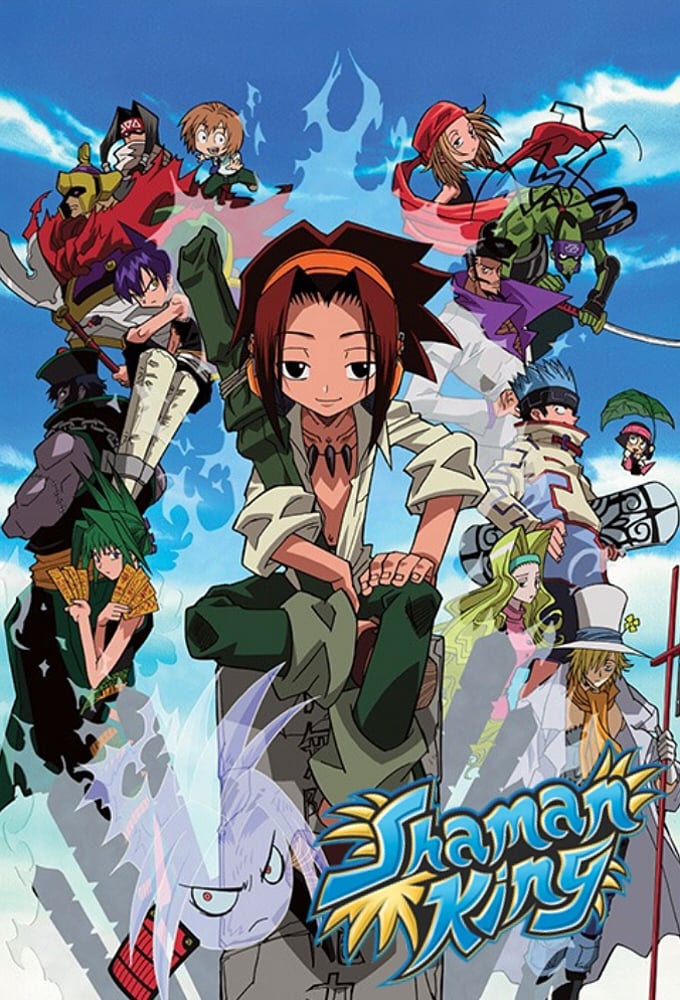
When the show was broadcast in America, religious language was toned down and ideas about the afterlife were simplified. Characters’ histories were made less complex, removing some of the reasons behind their actions. The music became more upbeat, and the story felt less intense as the characters approached the tournament.
‘Tokyo Mew Mew’ (2002–2003)
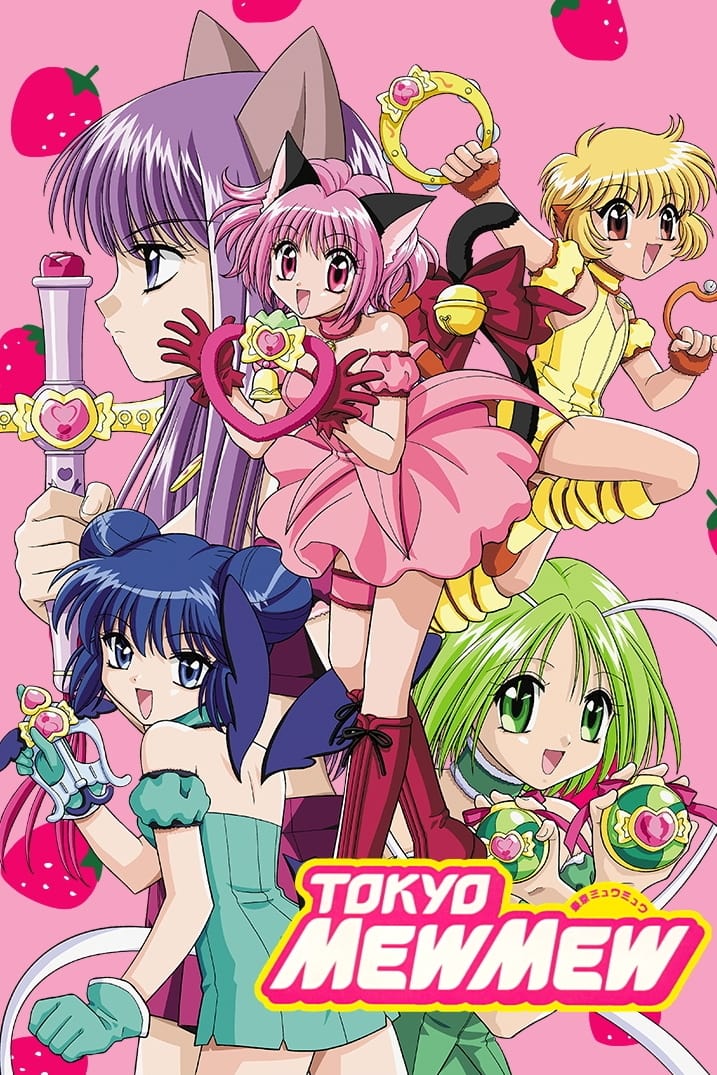
The American adaptation, ‘Mew Mew Power,’ altered character names and connections. Episodes weren’t shown in the right order, making it hard to follow who everyone was. To fit the schedule and create a different feel, music and key scenes were removed. Ultimately, the series ended before it could finish its storylines, leaving fans with unanswered questions.
‘Ghost Stories’ (2000–2001)
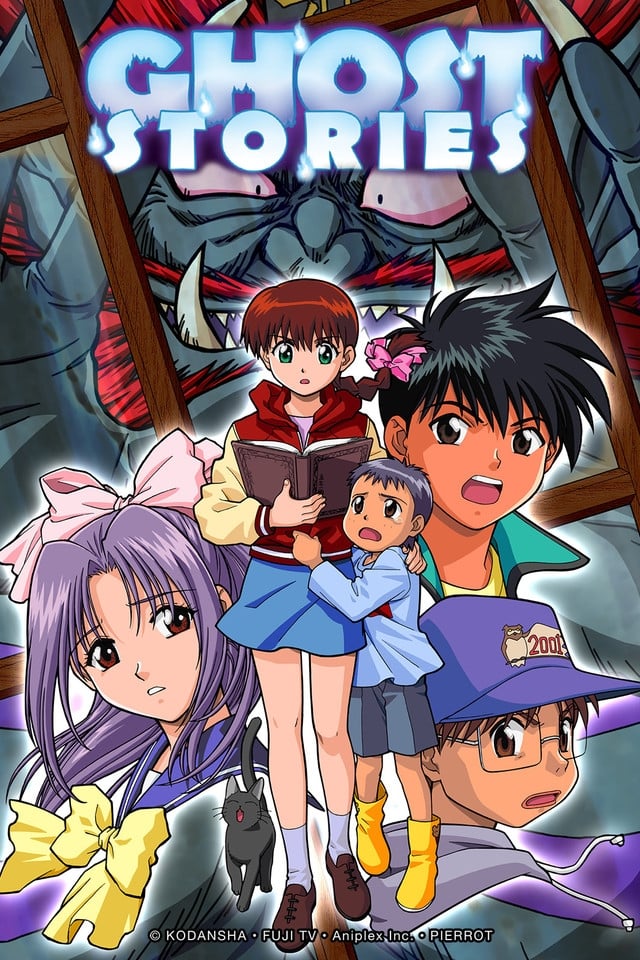
The English dub of this show significantly changed the story by adding a lot of humor and improvisation. Many scenes were rewritten as jokes, often losing the original meaning. The characters also had their personalities altered compared to the original Japanese version. While some viewers appreciated the comedic approach, it largely took away from the show’s scary moments.
‘Cowboy Bebop’ (2021)
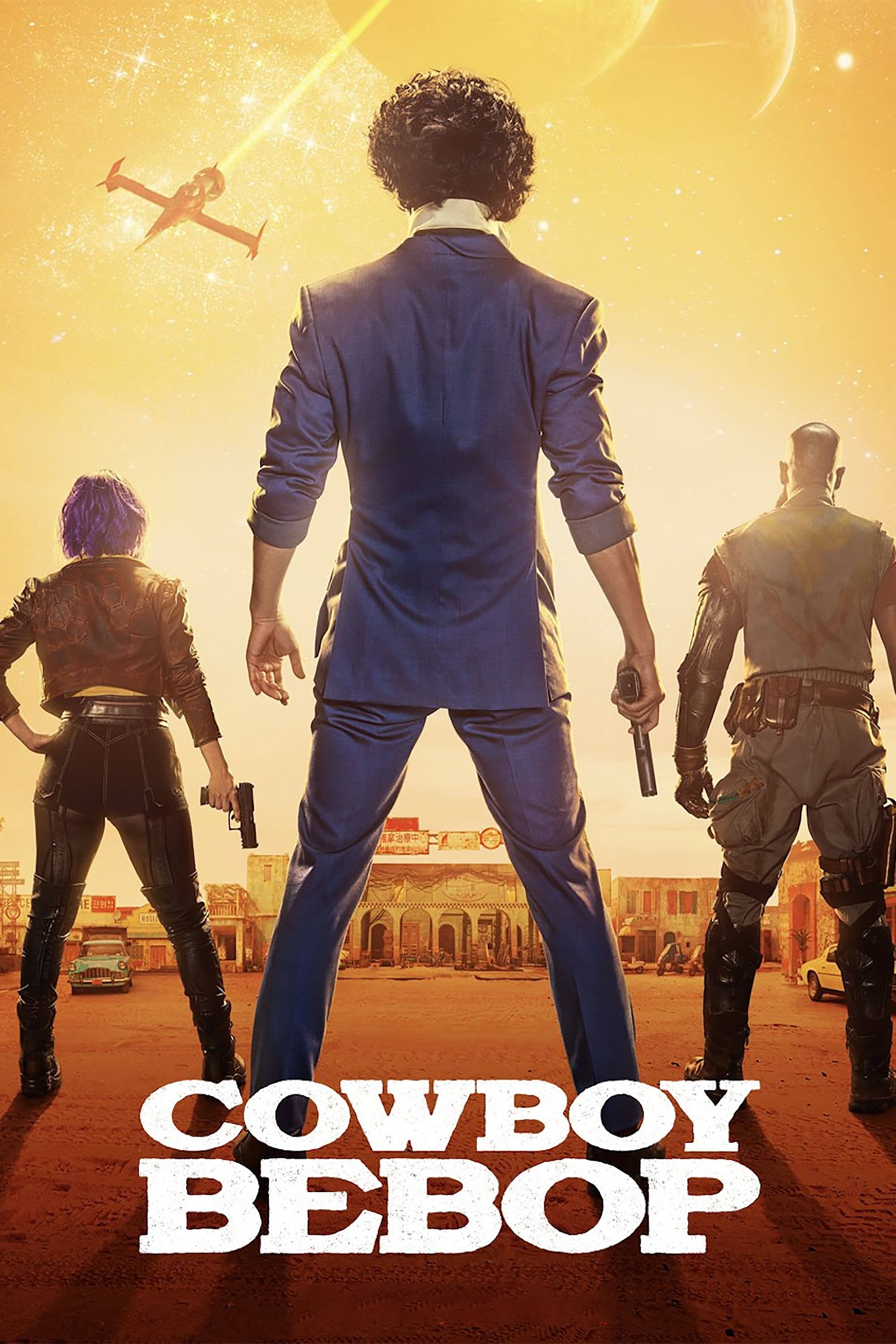
The American live-action version combined several storylines from the original into one season. Important character introductions happened sooner than they did in the anime. While the show took some visual cues from the source material, it adopted a faster, more film-noir style. This altered the way the mysteries surrounding the Bebop crew were revealed.
‘Death Note’ (2017)

The American remake moved the story to a U.S. city and introduced new characters. To speed up the plot, many of the original story’s complex details were removed. The careful, step-by-step investigation became more of a chase, and the film focused more on thrills and suspense than on exploring ideas about justice and power.
‘Dragonball Evolution’ (2009)

This movie adaptation updated the story by placing it in American high schools and neighborhoods. The characters were reimagined with different ages and traits. The fight scenes were filmed with fast editing, obscuring the detailed choreography. And the original story’s rich background and important conflicts were simplified into a standard fantasy plot.
‘Ghost in the Shell’ (2017)

The movie featured impressive visual effects, but its exploration of the main character’s development felt reworked. Negative reactions to the actors overshadowed the film’s release. Complex ideas about what it means to be conscious were simplified to make way for more action. While the city backdrop looked recognizable, it didn’t capture the unique feel of the source material.
‘Akira’ (1988)
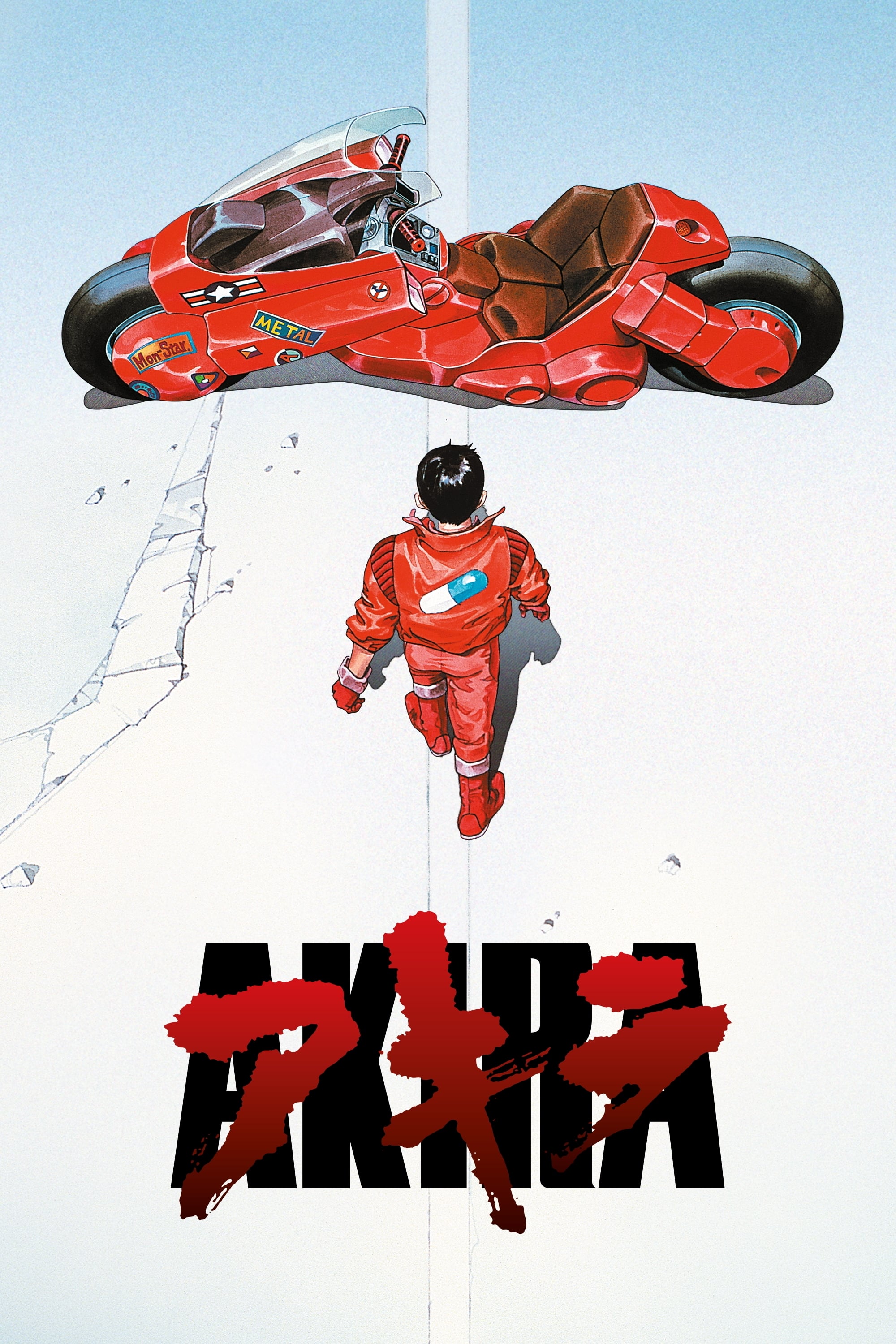
Early American dubs of the film had trouble with complicated slang and technical language. Some lines ended up changing the intended meanings and affecting how characters related to each other. The sound mixing also made important scenes in Neo Tokyo feel less impactful. While later dubs were clearer, that initial experience heavily influenced how people first reacted to the film.
‘Sailor Moon’ Live Action Pilot Attempt (1993)

A U.S. pilot episode experimented with blending real footage with animation, and featured redesigned characters with new names and personalities. It aimed for a lighthearted, sitcom-style comedy with very little focus on creating a detailed fantasy world. Although the pilot wasn’t broadly released, it highlighted how different the show became from its original anime source material.
Let us know what you think of these releases and share your experiences in the comments – we’d love to hear your thoughts and see how they compare to others’!
Read More
- Robert Kirkman Launching Transformers, G.I. Joe Animated Universe With Adult ‘Energon’ Series
- Avantor’s Chairman Buys $1M Stake: A Dividend Hunter’s Dilemma?
- Ex-Employee Mines Crypto Like a Digital Leprechaun! 😂💻💸
- Gold Rate Forecast
- Сегежа акции прогноз. Цена SGZH
- Top 20 Hilarious Conservative Comedians Ever, Ranked
- Группа Астра акции прогноз. Цена ASTR
- Аэрофлот акции прогноз. Цена AFLT
- CoreWeave: Navigating Growth and Unseen Challenges in AI Infrastructure
- Sadie Sink Spotted on the Set of ‘Spider-Man: Brand New Day’ for the First Time
2025-11-06 05:49